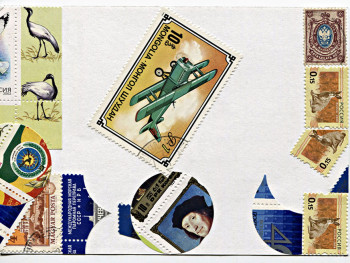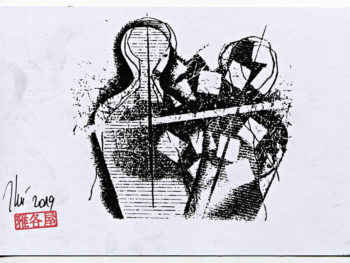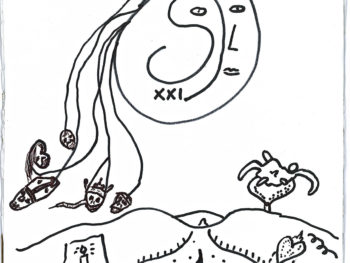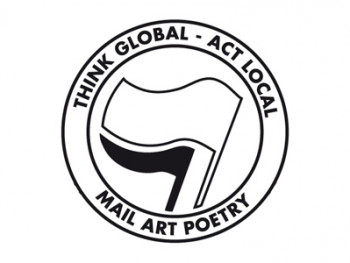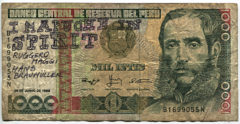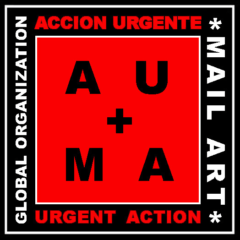International Mail Art Project by Ruggero Maggi
The Mail Art quintessence of creative communication curated by Ruggero Maggi will be presented at The Museum of Tasso family and Postal History, with the moral support of the Historical Museum of Communication in Rome and the patronage of the „Mercatorum and Priula / ways of migrants, artists, Tasso family and Arlecchino“ from 25 July to 26 September 2021.
INAUGURATION: Sunday 25 JULY at 5pm
Art is communication and postal art can therefore be considered the quintessence of creative communication, offering contacts with the whole world through the contents of a simple envelope.
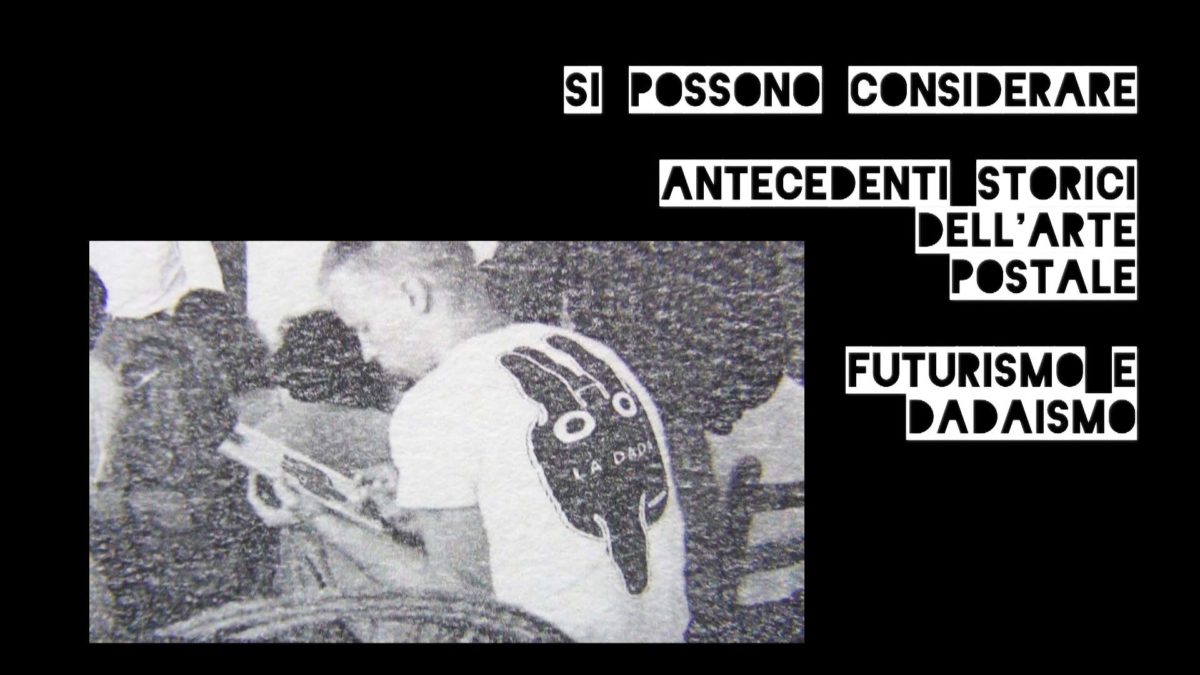
Postcards, stamps, envelopes… are the main elements of Mail Art, but not only that, there is also a good dose of non-conformism, of decontextualization of images and objects, of unhinging rules and canons, thanking Marcel Duchamp and Piero Manzoni. It prevails the desire not to conform to a market (that of art, so to speak) which almost always inhibits true artistic research.
Mail Art is not done for money, it is not done for fame .. it is done .. it is lived .. it is emotion …
emotion of receiving envelopes that are real works of art, emotion in opening them and discovering what they contain, unexpected treasures contained by other treasures that in some cases come from the other side of the world, with the signs of the long journey that they are part of their history. An „eternal network“ – as Robert Filliou defined it – open to everyone, artists and not: this is precisely the great unhinging represented by Mail Art.
While Marcel Duchamp with his ready-mades demonstrated that everything could be art and that every object therefore possessed within itself the poetic „matrix“ capable of decontextualizing it as a work of art, Mail Art allows anyone access to a new world of creative communication and to a free circulation of ideas, art and underground culture.
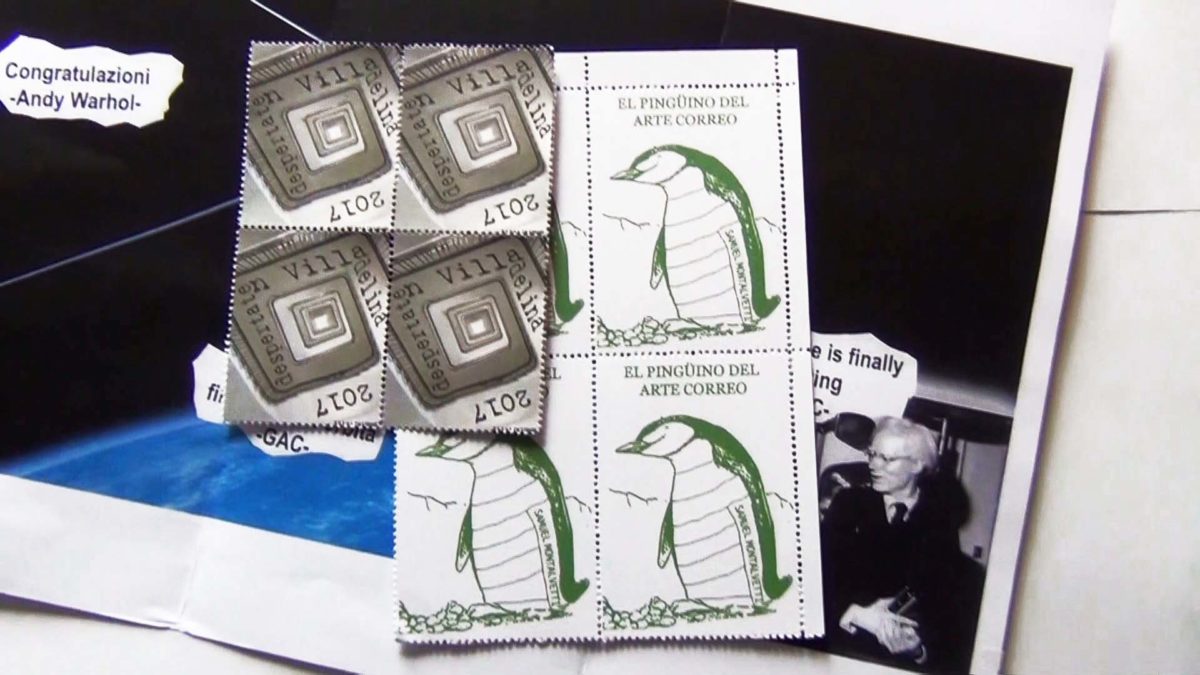
Social aspect of Mail Art always present in the work of many Networkers such as Clemente Padín who fought for it to the extreme limit of his personal freedom, ending up in prison for several years during the military dictatorship in Uruguay in the 70s. Other postal artists spokespersons of this intrinsic „vocation“ of Mail Art towards a critical attitude towards the cultural and political establishment were undoubtedly the Russians Serge Segay and Rea Nikonova who, despite the censorship of that historical period, founded the first Soviet Museum of Postal Art in Eysk, which I had the privilege of inaugurating with an exhibition of mine in 1989.
Mail Art has a marked inclination for non-officiality, in which the intrinsic relationship between the sender, the object sent and the recipient has value.
Glocal postal art is an integral part of a process of cultural globalization that is expressed locally through the action that each postal artist performs through a wide network of contacts, like a Babylonian tower with crossed destinies. In this real world network, a particular stage has been reached of making, or rather living, art.
The most frequent means of obtaining these capillary relationships is constituted precisely by the Mail Art which embraces the whole world. The mail artist is like a piece of a formidable mosaic in a boundless universe of poetic energies.
Its function is unique, as its placement within the network itself with its connections with other artists is unique.
Recently I was invited to talk about Mail Art at the „postal“ table organized by Fabio Bonacina, president of the Italian Philatelic Press Union and the Historical Museum of Communication and, for the occasion, I presented a Mailartistamp QRcode which, once activated, you can tune in to my video on the history of Mail Art. (Ruggero Maggi)
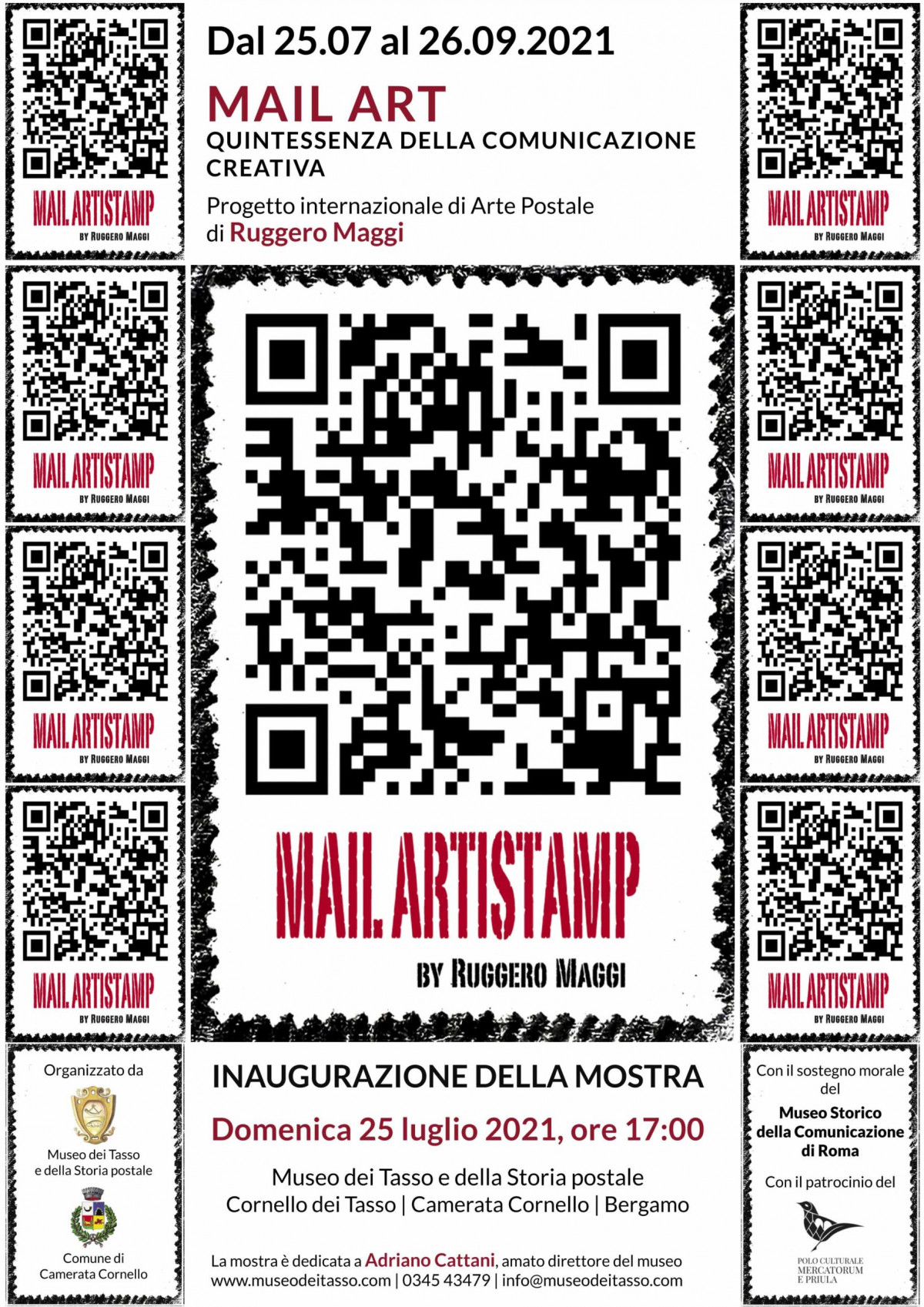
The exhibition is dedicated to Adriano Cattani, beloved director of the Museum.
The Museum of Tasso family and Postal History
Sala Mercatorum | Portici di Cornello | Camerata Cornello | Bg
MAIL ART
quintessence of creative communication
International Mail Art Project
by Ruggero Maggi
25 July – 26 September 2021



